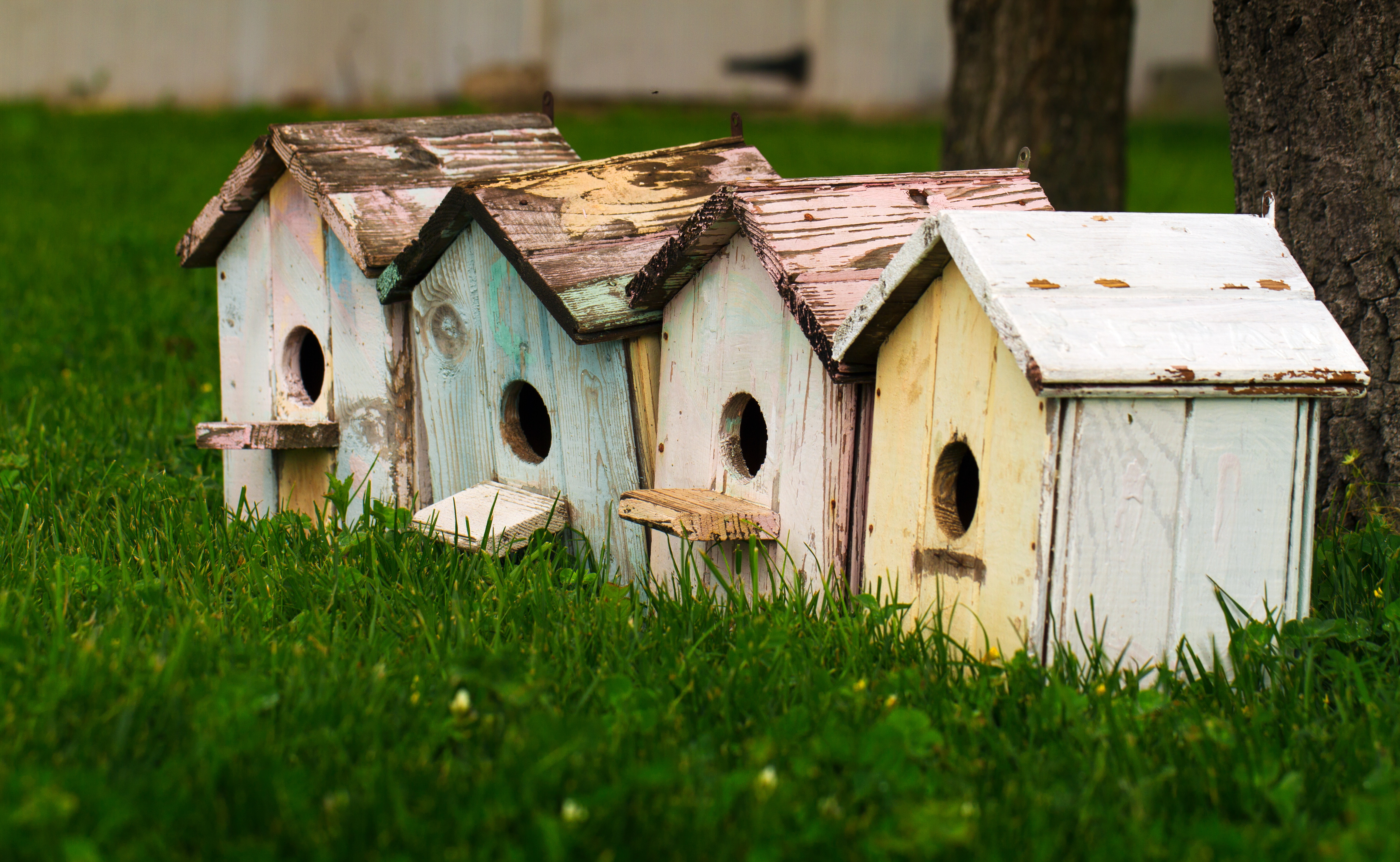On 16 September 2018, 60 Minutes Australia aired a story warning of the impending crash in housing prices. In the story, Martin North, a data scientist, warned that we could soon see the same impact as the Ireland property bubble here in Australia and that property prices could fall as much as 40%, putting greater pressure on our superannuation system, retirement expectations and government pensions. Since the story aired there have been numerous other ‘experts’ predicting similar outcomes. In addition, house prices, especially in Sydney and Melbourne have weakened, adding further fuel to the fire.
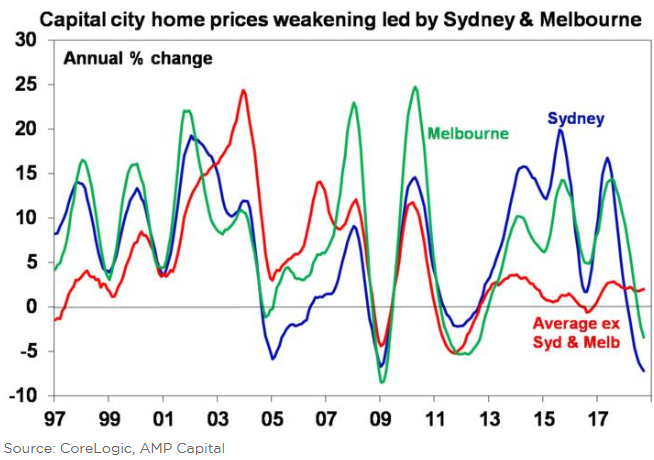
If this is the most likely outcome, then all of us, as rational people, should immediately put our properties on the market and sell straight away. However, if we are all rational decision makers, who will be buying the properties? First home buyers? Surely not – they will just sit on the sidelines waiting for maximum price capitulation.
So, the first question we need to ask is how likely is a 40% fall in prices?
In order to answer that question I think we need to look at a little bit of history as to how we got here and then consider the possible future outcomes.
How did we get here?
There is no doubt that property prices have moved dramatically higher over the past 15 years, and yes, I too have said to friends and family I wonder how my children will be able to afford to live in the suburbs that they grew up in. Between 2012 and 2018 prices in Sydney and Melbourne were up between 50% and 60% according to the latest Reserve Bank of Australia data. The reasons for the increase are many, but put simply, demand for housing exceeded supply.
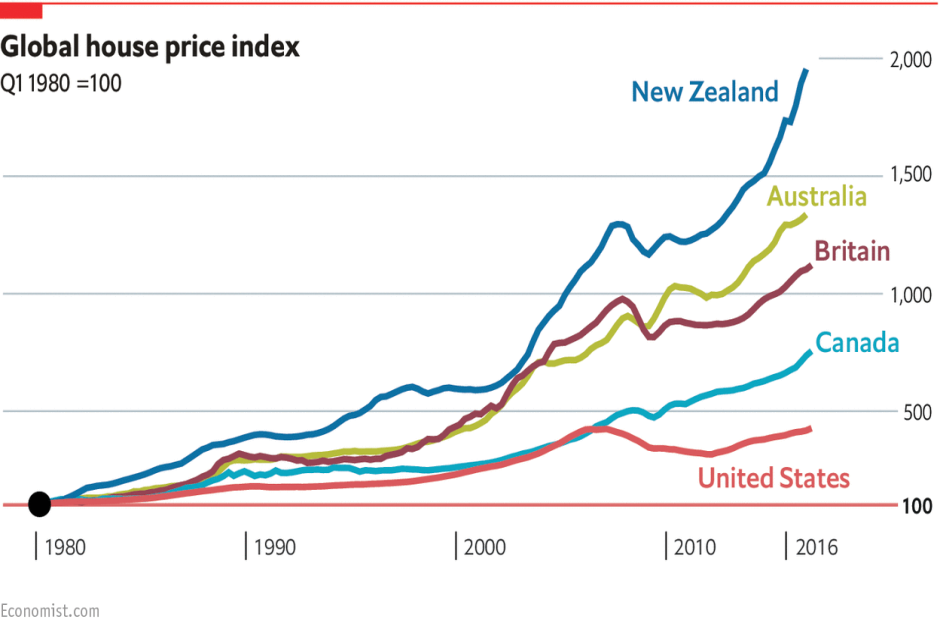
During this period, interest rates fell dramatically in response to global central banks flooding cash into markets. With excess cash and low interest rates, investor demand grew substantially. Many investors took on interest only loans so they could maximise the amount they could spend and these peaked at 30% of all new loans written. Alongside the investor demand we also experienced a flood of offshore buyers, especially Chinese investors, looking to move assets out of the communist controlled regime to more liberal jurisdictions with less capital controls.
To add a further catalyst we had also gone through a period of time where builders had not kept up with demand for new homes as our population expanded. This under build was principally due to the global financial crisis as domestic builders watched the carnage in countries such as Ireland and the US. We are only now getting back to an equilibrium and thanks to the dramatic boom in new apartment construction are probably running slightly ahead of demand.
As Australians, we were also exceptionally lucky in our ability to ride out the global financial crisis and totally avoid a recession. Once again, demand for our exports allowed the vast majority of us to keep our jobs and not experience massive falls in our income. This together with our national dream of owing our own home gave us the confidence to continue upgrading our homes and paying that little bit extra.
Where to from here?
With the brief history lesson now over and the main catalysts for the price surge noted, we need to determine where prices go from here. In short, I see three possible outcomes for prices. Firstly, that the 3% price correction we have seen so far is merely a blip and prices will continue to rise strongly from here. While many real estate agents are cheering on this possible outcome I believe it is a bit far-fetched and would only allocate a 10% chance to it at the moment.
Secondly, we could see the flip side occur and prices could crash by 40% or more. It is a possibility however, based upon the current economic conditions, I view this outcome as extreme and would only allocate a 20% chance. For this to become a reality we would need to see interest rates climb dramatically, defaults soar and unemployment spike.
The other, most likely outcome in my eyes, is that prices drift lower to represent a 10% fall or simply move sideways for a number of years. This outcome is certainly not as dramatic as calling for a crash and will not grab as many headlines but in the current economic climate it is the more probable outcome.
In the past couple of years Australia’s financial regulators have put in place new measures that have reduced the overall level of lending. An upper limit on the amount of new investor loans and interest only loans has seen these fall from the peak of 30% of all new loans to now being only 17%. Curbing the investor demand has certainly stifled one of the original catalysts we noted earlier. Such measures to improve the quality of lending are only likely to increase post the outcomes of the Royal Commission into Financial Services thereby further reducing a future price increase catalyst.
Likewise, offshore investor demand has been quelled by various state governments imposing restrictive taxes on offshore buyers whilst also limiting their ability to on-sell the properties to new offshore buyers. These measures have been particularly successful and along with the Chinese government restricting capital flows has seen the capital move to new destinations.
![]()
With two large drivers removed from the market there is less chance of future dramatic price increases. That does not however mean that large price corrections are a given. The two biggest risks to Australian property prices remain dramatically higher interest rates and a large spike in unemployment.
Globally, interest rates are definitely on the rise thanks in large part to the removal of excess liquidity by the US Federal Reserve and now the European Central Bank. While rates are increasing they are doing so slowly as we are yet to see a pick up in inflation. We also need to recognise that interest rates are increasing from emergency lows so whilst they are moving higher, the rates themselves are still low by historical standards. Before the financial crisis, our banks used to seek the bulk of their funding from overseas markets, meaning our rates were heavily tied to what was occurring in offshore bond markets. Today, our banks fund just over 60% of their needs from our domestic market via term deposits, hybrids and general cash accounts. The result being that we are less dependent upon the offshore rate markets. In a world where central banks hold vast sums of debt on their balance sheets, next to no inflation and investors seeking returns slightly higher than cash it is hard to see how interest rates will spike dramatically higher.
While we may have just moved past peak global synchronised growth in this economic cycle, most developed economies are still chugging along nicely. Australia is no exception to this; our economy is not as strong as it has been in the past nor is it is as fragile as it was immediately post the crisis. We continue to add jobs each month and as such our level of unemployment continues to fall. Barring a collapse in global growth it is difficult to foresee a large enough rise in unemployment to create a scenario where house prices will tumble due to forced sales.
While I expect prices to either flatline from here or gradually drift lower, it is a case of different outcomes for different markets. It is fair to say in recent years that we witnessed a dramatic increase in the construction of apartments in all Eastern states.
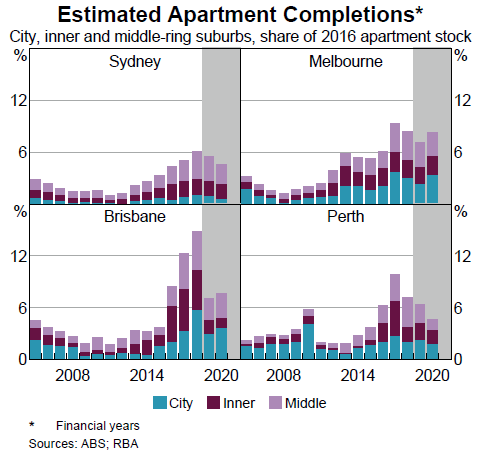
Many investors and owner occupiers purchased apartments off the plans in order to save on stamp duty costs and it usually takes at least 18 to 24 months for many of these apartments to be constructed and finished. We are yet to see an increase in defaults on settlement however, those who purchased off plan in recent times may find that their apartments are valued at a lower level than the settlement amounts. This could create some issues for people when they try and arrange finance, hence, I think the price drop in the apartment market may be slightly higher than in the traditional housing market. These price drops may also be enhanced should we see a change of government in 2019 and the Labour Party follows through with its proposed changes to negative gearing and Capital Gains Tax laws.
Over the last couple of years Victoria has also witnessed a mini population boom. Demographic forecasters originally thought Melbourne’s population would exceed that of Sydney by 2025 to 2030. Thanks to this mini boom, where we are adding an estimated 200,000 people per year, they now expect Melbourne’s population to be larger than Sydney’s in the next two to three years.
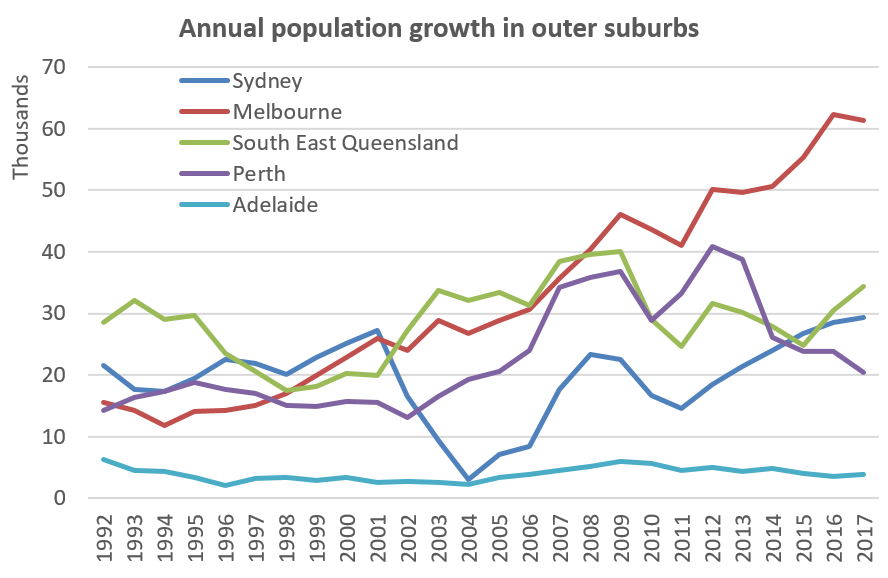
You only need to drive around Melbourne at the moment to feel the consequences of the increased population. Commute times have been extended, city pavements are far busier and you can see infrastructure upgrades everywhere. Some public figures are now calling for immigration caps on our capital cities; while I can understand their perspective I would caution that we not dissolve the one last stimulus that we have that would provide some support to housing prices.
To sum up, I don’t think we are facing a 40% price correction in the next couple of years and I for one will not be rushing to sell my home. I know this is non-confrontational however I prefer to back the outcome that has the greatest percentage of coming true. At this point in time I believe prices will stagnate for a number of years or will gradually drift lower finding a base around 10% below current prices. Based upon current banking regulatory data approximately 84% of borrowers are ahead on their loan repayments so such an outcome means there will be little impact upon them financially. However, those who are yet to settle, just recently settled or who are already facing financial stress, may need to rethink their position and seek the help of a financial professional that they trust.
Andrew Aylward is Chief Investment Officer at Keep Wealth Partners.
Keep Wealth Partners Pty Ltd (AFSL 494858). This information is of a general nature only and may not be relevant to your particular circumstances. The circumstances of each investor are different and you should seek advice from a financial planner who can consider if the strategies and products are right for you.






